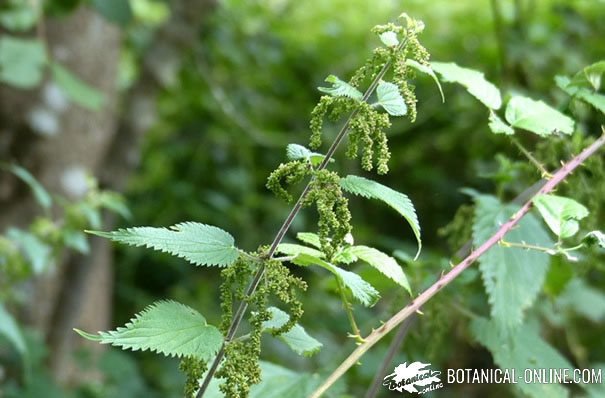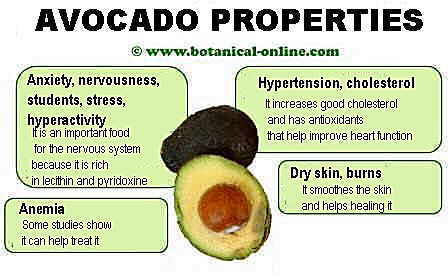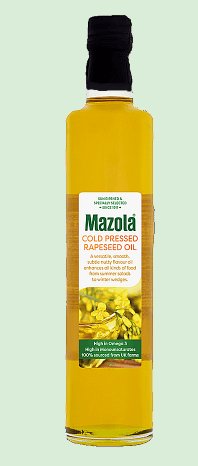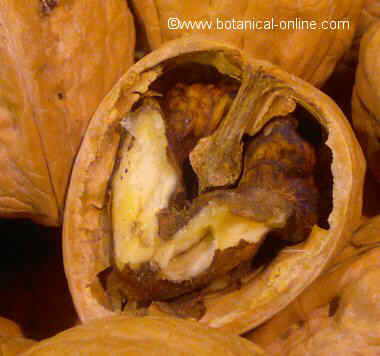Contents
- 1 List of foods richest in phytates or phytic acid
- 1.1 What foods are rich in phytates?
- 1.2 List of foods rich in phytates from the diet
- 1.3 Why is the phytate content of food so variable?
- 1.4 Eliminate phytates from food
- 1.5 Soaking decreases phytate content
- 1.6 Germination decreases phytate content
- 1.7 Does fermentation decrease phytates?
- 1.8 Does whole wheat bread have many phytates?
List of foods richest in phytates or phytic acid
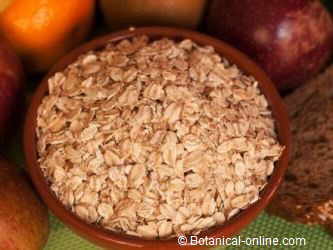
What foods are rich in phytates?
Phytates are mainly found in the seeds of plants. In food, we ingest phytates primarily through whole grains, legumes and nuts and oilseeds.
Phytates can be found in foods in the form of phytic acid or forming salts
To simplify, we always talk about phytates, which is the salt of phytic acid (that is, phytic acid bound to minerals).
List of foods rich in phytates from the diet
Below there is a list of the main foods rich in phytates:
| Table of foods rich in phytates | Content in phytates (mg per 100g) |
|---|---|
| Sesame seeds | 39,3 – 57,2 |
| Brown rice | 12,7 – 21,6 |
| Concentrated soy protein | 11,2 – 23,4 |
| Amaranth | 10,6 – 15,1 |
| Buckwheat | 9,2 – 16,2 |
| Peanuts | 9,2 – 19,7 |
| Soy beans | 9,2 – 16,7 |
| Tofu | 8,9 – 17,8 |
| Oats flakes | 8,4 – 12,1 |
| Sorghum | 5,9 – 11,8 |
| Cornbread | 4,3 – 8,2 |
| Wheat bread | 3,2 – 7,3 |
| Boiled chickpeas | 2,9 – 11,7 |
| Boiled peas | 1,8 – 11,5 |
| White rice | 1,2 – 3,7 |
| Pasta |
Why is the phytate content of food so variable?
The composition tables of foods rich in phytates are indicative. As can be seen, phytate content varies greatly in the same food. This is due to the growing conditions of the plant. For example, the use of phosphorus fertilizers increases the phytate content of grains.
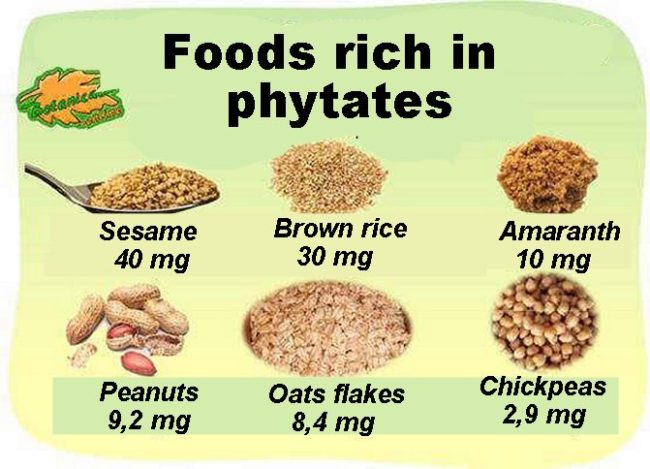
Eliminate phytates from food
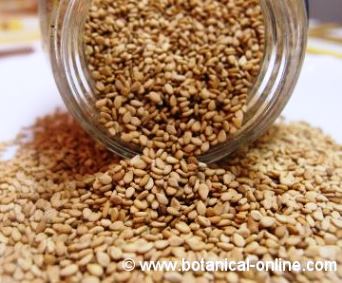
Phytates are classified within antinutrients, because they combine with minerals, such as calcium, magnesium, zinc, iron or manganese forming insoluble complexes in the intestine that cannot be absorbed and that will be eliminated by feces.
Soaking decreases phytate content
The phytate content of the seeds decreases during the soaking process, thereby losing its antinutrient properties.
The more hours the seed remains soaking, the less amount of antinutrients. This is produced by the action of phytases (enzymes) present in grains, which break phytates into phytic acid.
Normally this process is done to hydrate the legumes, but it should also be done for nuts and whole grains, as it improves the digestibility of the seeds.
According to studies, the best way to activate phytases is to soak the seeds in warm water (45 ° C) and in a slightly acidic medium (add half a lemon squeezed into the water, or a splash of vinegar).
Germination decreases phytate content
During the germination of seeds, when the grains are hydrated and activated, the phytates are transformed into phytic acid by the action of phytases (enzymes) present in the seeds themselves. This occurs so that, by breaking the phytates, minerals such as phosphorus, calcium and others that will be used by the seeds for the formation of a new plant are released.
* More information: What does it mean to activate the seeds?
Does fermentation decrease phytates?
In general, fermented foods, such as tempeh, have fewer phytates than, for example, tofu. This is due to the action of some bacteria and the acidic environment that causes this transformation.
It is worth mentioning the importance of valuing food as a whole and not only for any of its components. For example, brown rice is richer in phytates, but also contains more arsenic.
Does whole wheat bread have many phytates?

In the beginning, the man always tried to eliminate the husk of the cereals by means of his refinement, in order to obtain a more attractive and more nutritious white flour, since in the bran of the cereals it is where greater amount of phytates is found.
Wholemeal bread has higher amounts of phytic acid or phytates (present in the outer layer of the grain), which in the body prevent calcium absorption. It is scientifically proven (in vitro) that phytic acid prevents the absorption not only of calcium, but also of other minerals such as iron. According to these in vitro experiments, whole wheat bread has anti-nutrient components.
But within the natural and living context of bread, in in vivo studies, whole wheat bread contains enzymes (phytases) that neutralize the action of phytic acid during the fermentation of the dough.
Phytases break down phytic acid into inositol and phosphoric acid, reducing the antinutritive effects of whole wheat bread. This fermentation takes place in a few hours, so a slow fermentation with natural yeast is necessary for this change of phytic acid to inositol.
![]() More information on phytates and antinutrients
More information on phytates and antinutrients





